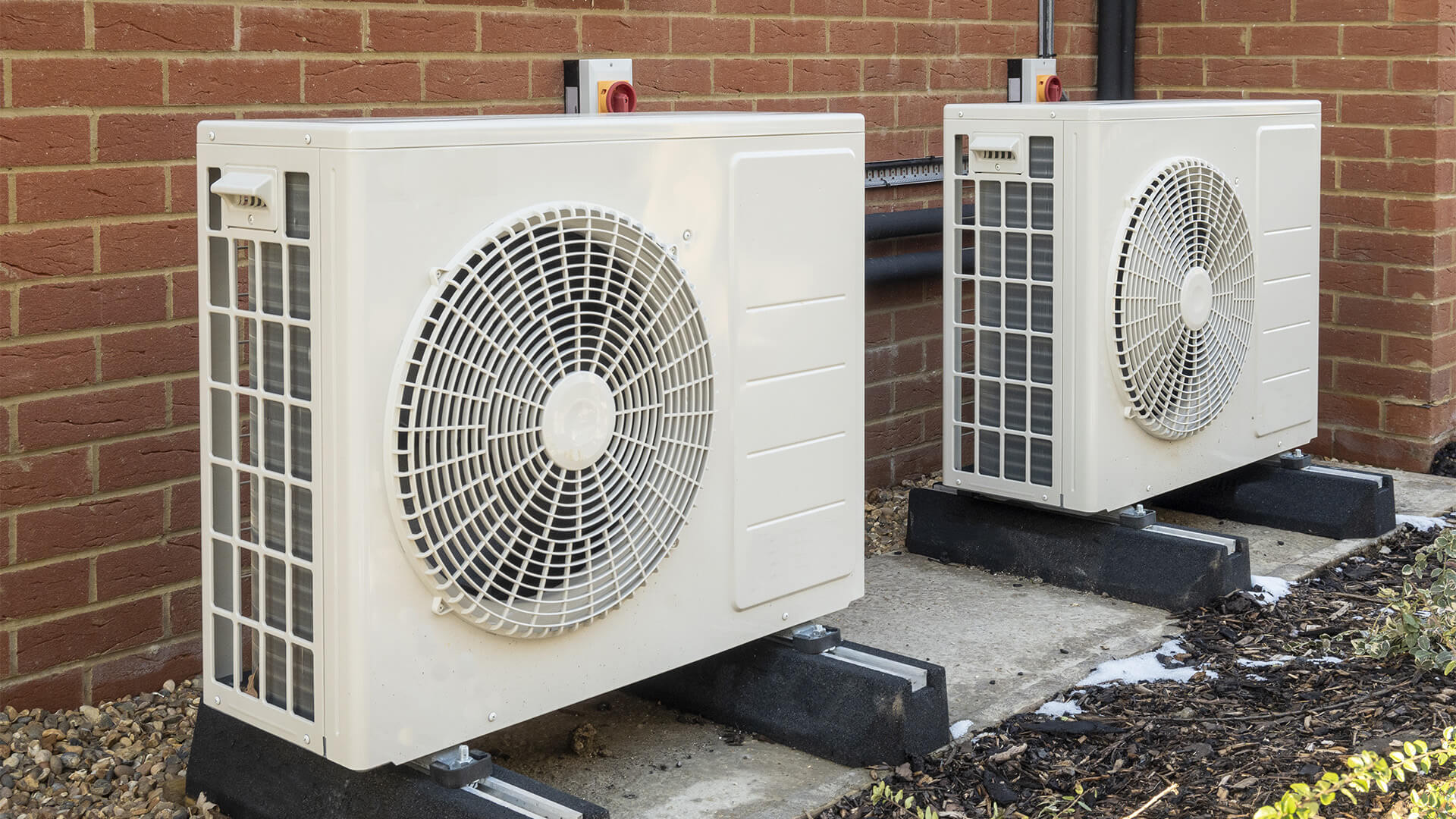Heat pumps need to be serviced every 30 to 90 days to prevent debris build-up in your duct system, but it’s all too common for people to call an HVAC tech only when it breaks. However, waiting too long between services can cost you thousands if you have to replace the system.
How to Maintain Your Heat Pump
Although servicing a heat pump looks difficult, just about anyone can learn to operate and service one themselves. However, it’s a good idea to take an air source heat pump course to ensure you service your heat pump properly and reduce the chance you’ll break your system.
On the other hand, you can do parts of the service yourself and leave part replacement to the professionals. Either way, you’ll be saving money on one or more of the following:
- Replacing the air filter once a month.
- Clearing debris in and around the pump.
- Trimming hedges around the outdoor cabinet.
- Flushing the condensate lines every spring.
- Servicing and cleaning the fans once a month.
- Cleaning the condensing coils and internal evaporator.
If you don’t know how to clean the internal evaporator or condensing coils, call a professional. You’ll need to remove both parts from the machine and reconnect them properly. Otherwise, you could blow out the motor or break the parts when attempting to reinstall them.
How to Service Your Heat Pump
Ideally, you should service your heat pump every 30 days. However, each part will require a specific maintenance checklist. Here’s how to maintain your entire heat pump every month.
How to Check and Replace the Filter
Heat pumps use filters to prevent contaminants from reaching the building. If it’s clogged, your heat pump will work harder to do its job, which costs you more money in the long run.
Replacing your air filter is very easy and takes 30 minutes. Check the user’s manual to ensure you’re removing it properly. If your heat pump uses disposable air filters, remove the old filter and replace it with a HEPA filter. Washable filters should be gently cleaned with soap and water.
How to Clean Debris In and Around the Pump
If your heat pump is located outside the house, make sure debris, like spider webs, plastic bags, paper, or twigs, isn’t obstructing the system’s airflow. It’s good practice to clear 18 inches of space around the heat pump to ensure it’s drawing enough adequate air into the building.
How to Flush the Indoor Condensate Lines
Every spring, use a wet and/or dry vac or air compressor to clean your condensate lines. If you don’t have the necessary equipment for the job, call a technician. Most of the time, you should be able to clean the condensate lines without issue unless it’s clogged with algae or mould.
How to Clean the Evaporator and Condenser Coils
To clean the evaporator and condenser coils properly, remove them from the machine and brush with a mild detergent and water. You only have to clean these parts every 2 to 4 years, but an HVAC unit tech should service the evaporator and condenser coils if you aren’t trained.
Conduct a Full Service Once a Year
While you can do all the above maintenance and cleaning checks on your own, you may need an HVAC tech to conduct a full service. During a full service, the technician will check for duct leakage, the electrical wiring, and test the start-stop sequence, motors, belts, and thermostat.
To maintain your heat pump longer, use the auto setting instead of running the system 24/7. If your heat pump is able to “take a break,” the components will last longer. Keeping the system above 70 °F (21 °C), and below 65 °F (18 °C) will put less strain on the machine.

































